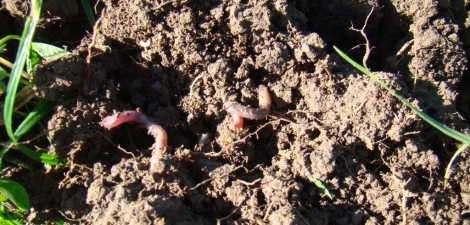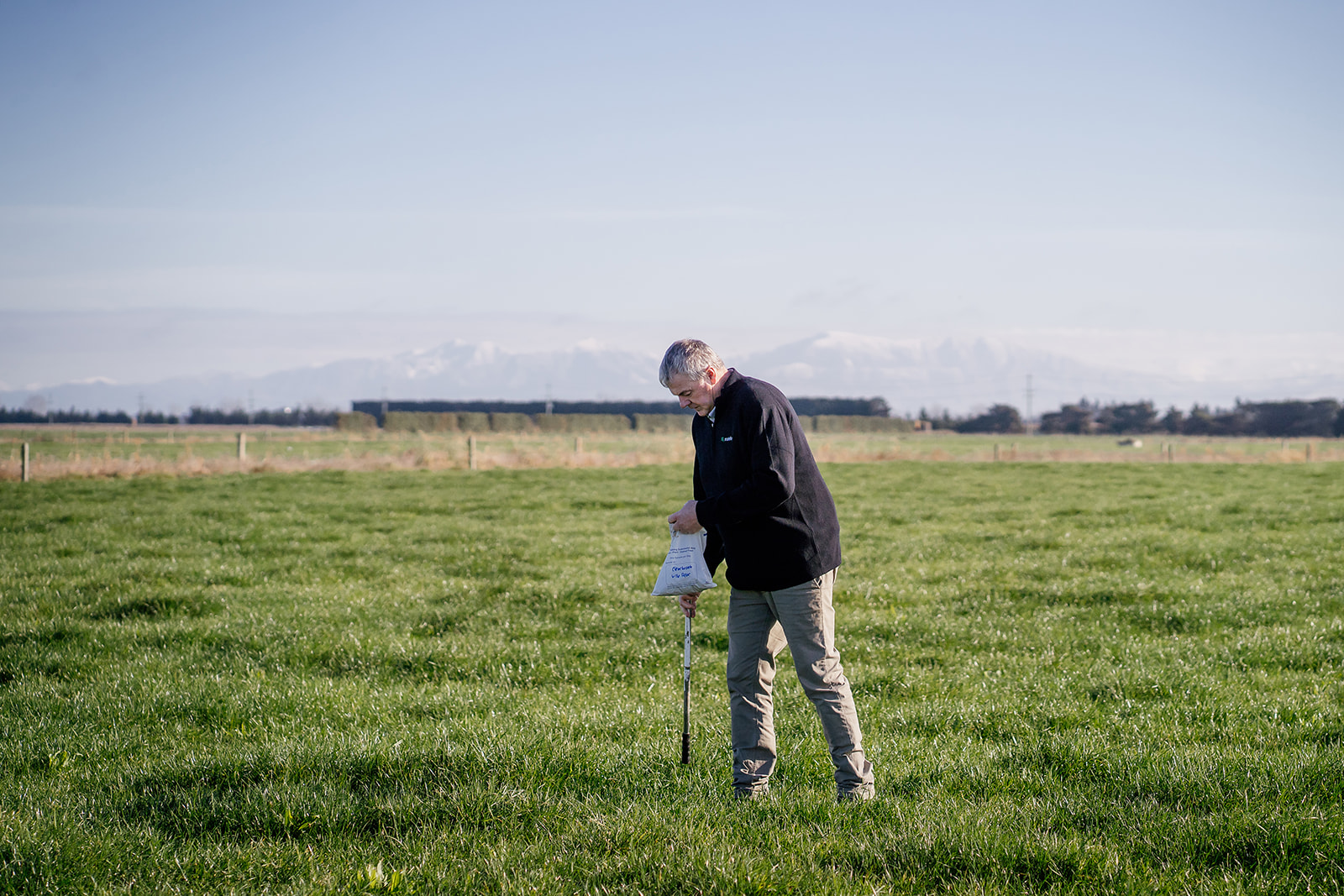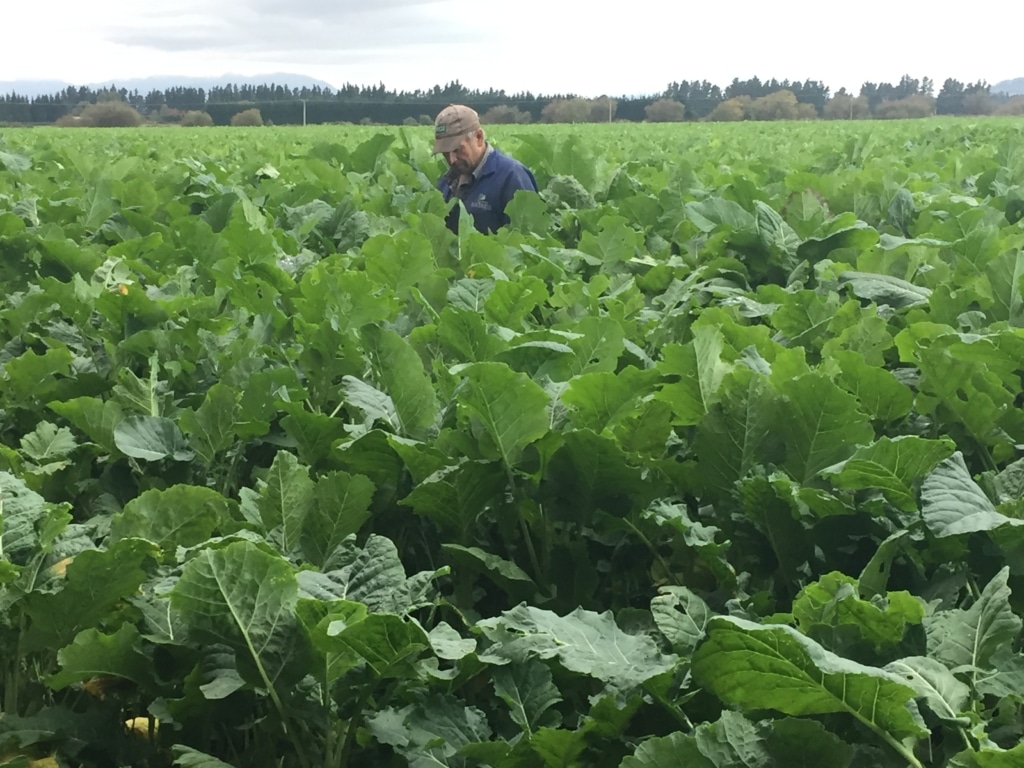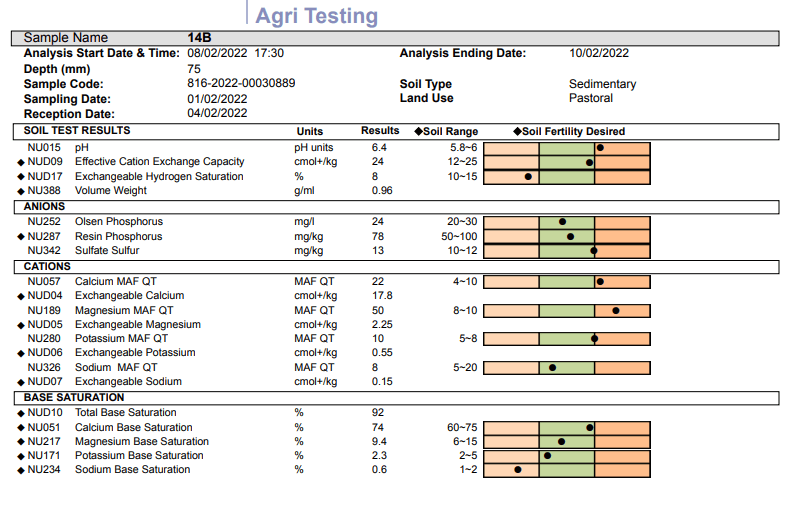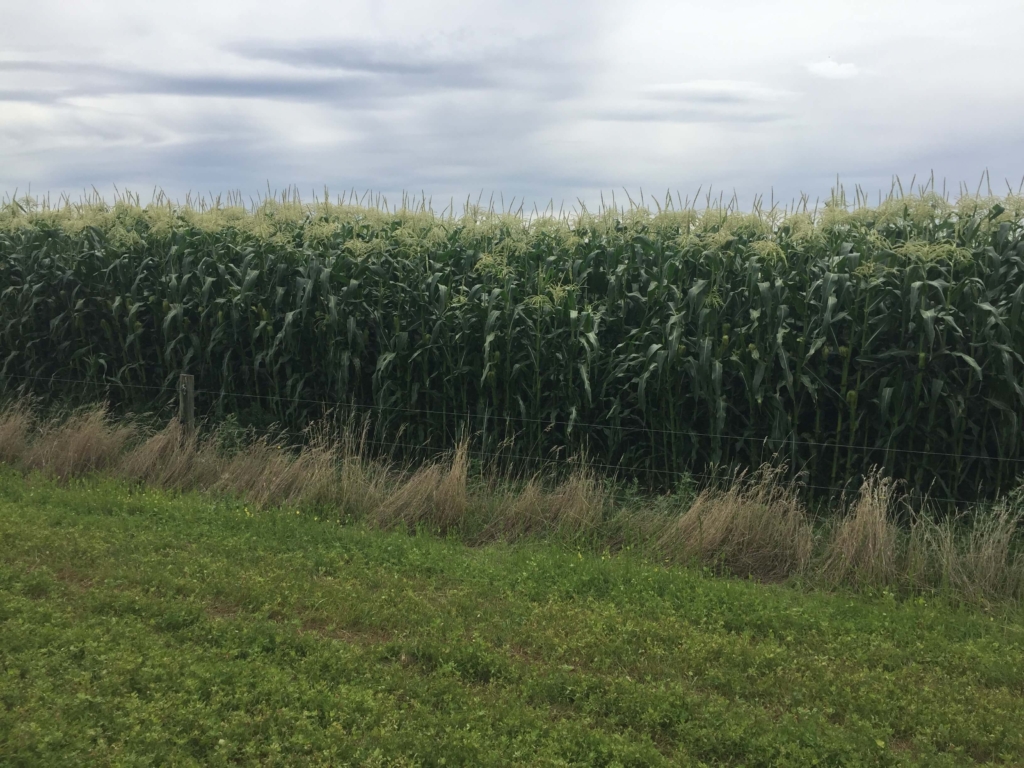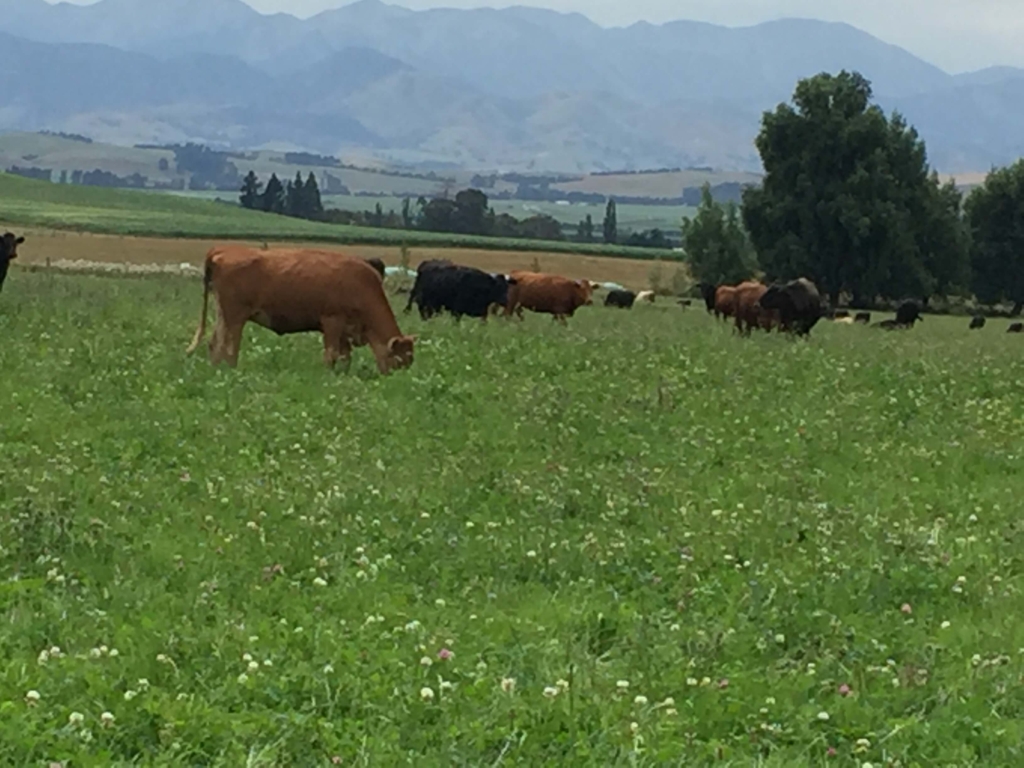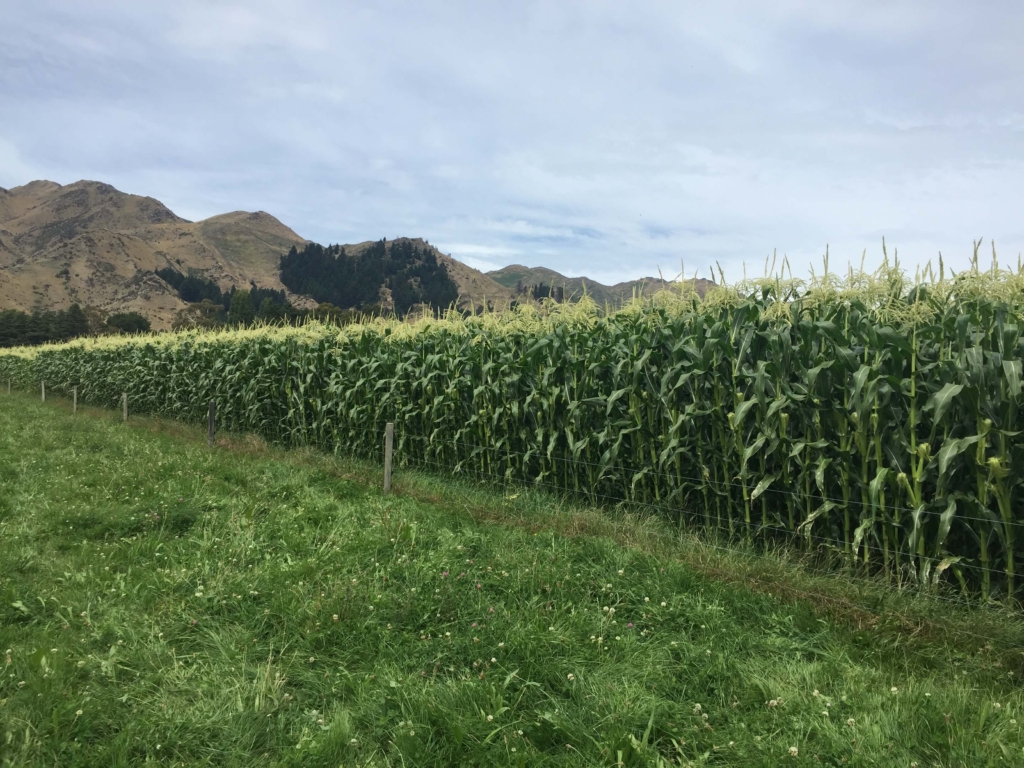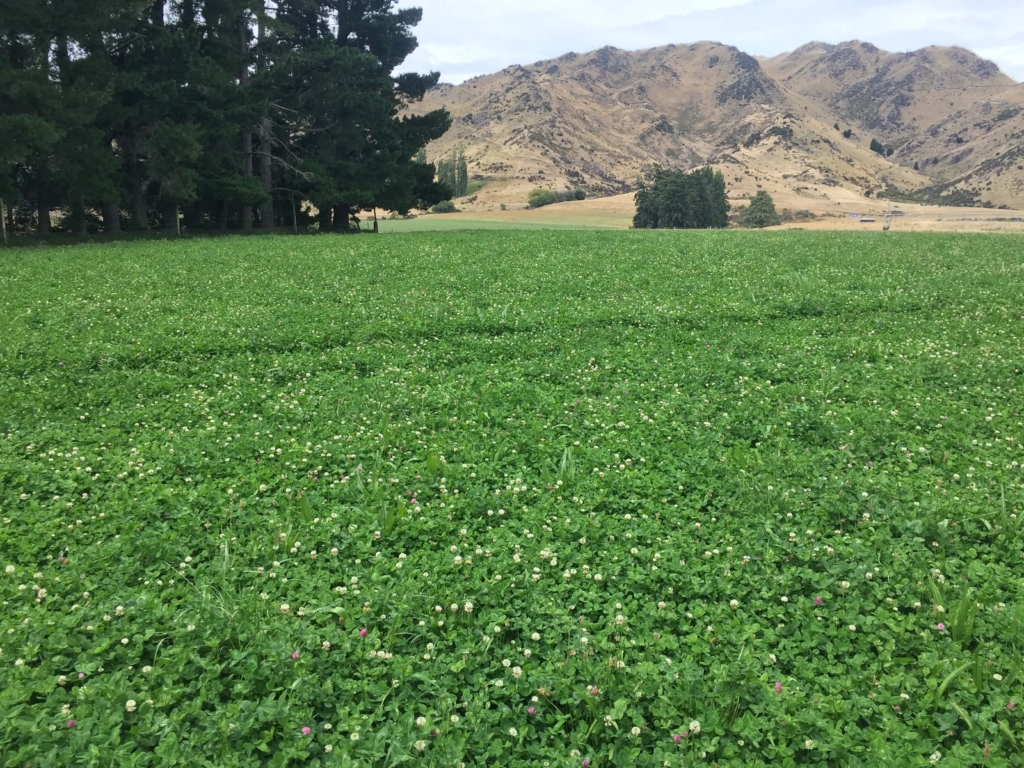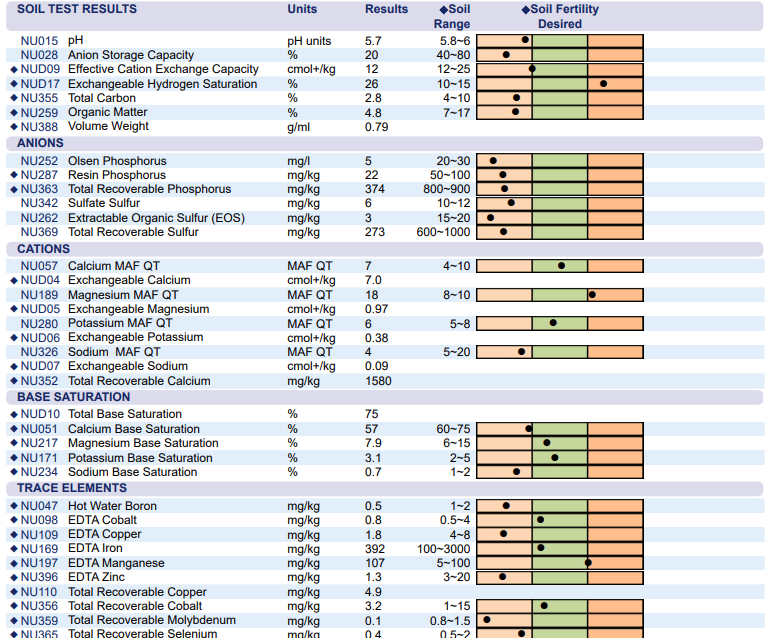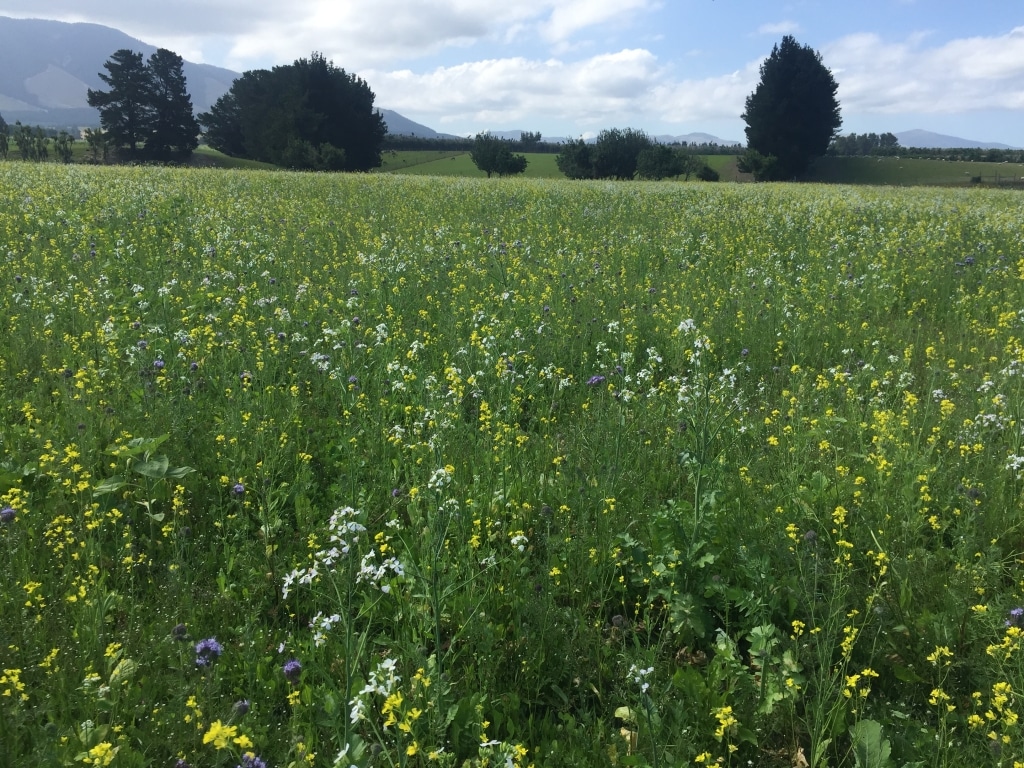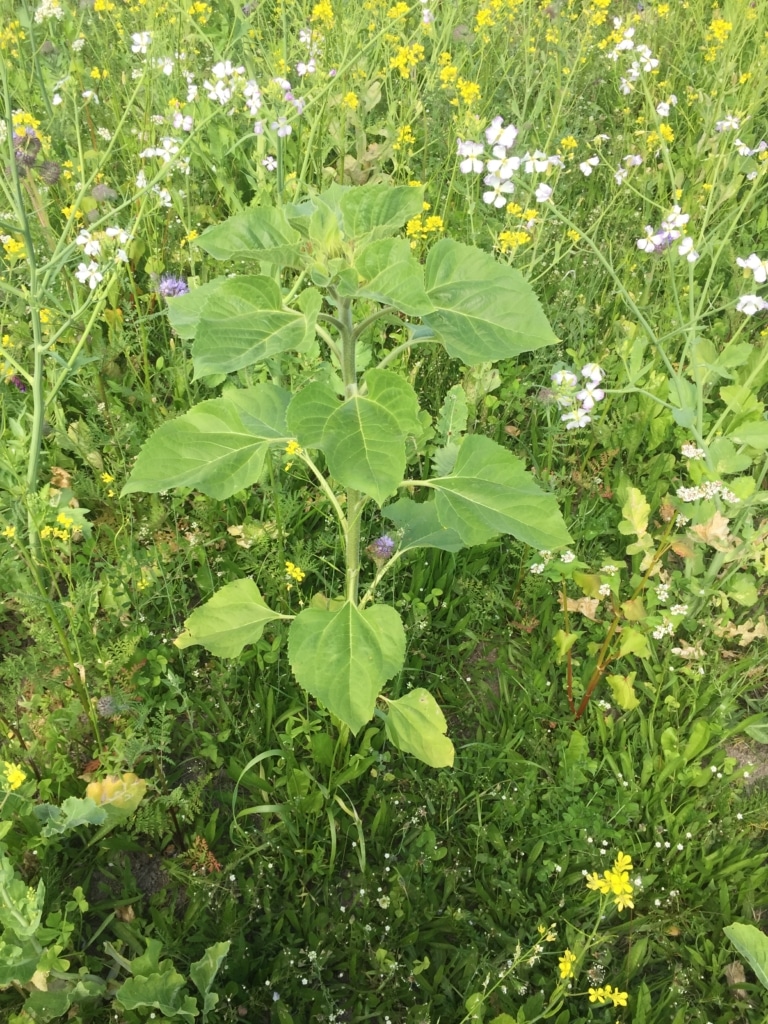As experienced Nutrient Advisors, we believe in the power of in-depth soil testing to unlock the full potential of your land. Recently, one of our advisors worked closely with a farm in Oxford, guiding them through the process and now we are sharing the remarkable results we achieved:
Understanding the Farm:
Our client operates a 150-hectare sheep, beef, and dairy grazing property in the Oxford area. The dairy grazing segment spans a 30-hectare block divided into four paddocks.
Spring Soil Testing:
Paddocks underwent thorough soil testing in early spring, yielding insightful results that informed our strategy for soil enhancement.
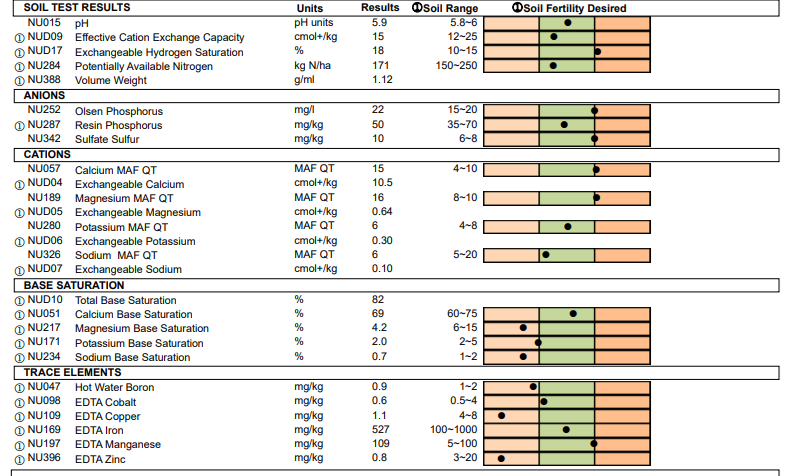
Key Findings and Solutions:
Calcium and pH Balance: The analysis highlighted a deficiency in calcium and a need for increased pH levels. To address this, we applied 2 tonnes of Ag-Lime initially.
Phosphorus and Sulphur Levels: Phosphorus and sulphate levels were deemed adequate, forming a solid foundation for nutrient balance.
Attention to Magnesium, Potassium, and Sodium: While phosphorus and sulphur were satisfactory, attention was recommended for magnesium, potassium, and sodium levels to ensure optimal plant development.
Trace Elements Optimization: Boron, copper, and zinc deficiencies were identified, prompting consideration in a nutrient mix to maximize crop yield.
Production Targets and Irrigation Strategy: The farm aims for a consistent production target of 15–17 tonnes per hectare, requiring strategic irrigation practices. Irrigation is employed after crop germination and for follow-up fertilization, maximizing water usage and crop health.
Fertiliser recommendations and Results:
After consideration of the results we developed a base fertilizer composition that included nitrogen, phosphorus, potassium, sulphur, magnesium, boron, copper, zinc, and humate, meticulously applied at a cost-effective rate.
Follow-up applications of urea and boron further enhanced crop development, resulting in exceptional colour and density without signs of nutrient deficiencies or pest infestation.
In summary, specialized crop soil testing, coupled with expert guidance, can optimize fertiliser strategies, ultimately maximizing yield and cost-efficiency.
To schedule a specialized crop soil test and receive a free on-farm appraisal, contact us today. With the right approach, you can achieve optimal results and maximize your agricultural investment.


